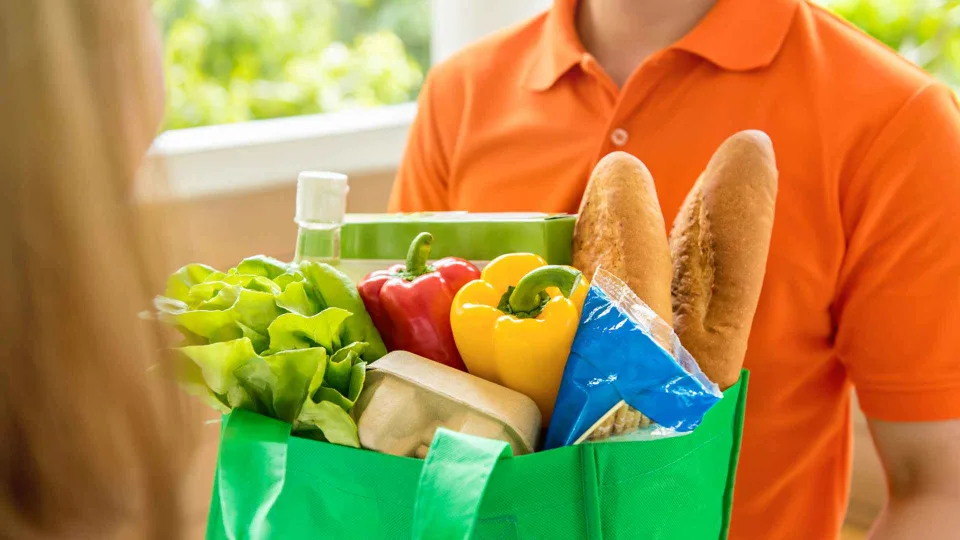You don’t have to leave your home to stock up on groceries, thanks to grocery delivery services. But these services aren’t always budget-friendly.
For those who are too busy to go shopping or longing for a late-night snack, food delivery services allow you to shop for groceries online and have them delivered to your doorstep. But between delivery and service fees, driver tips, and markups on the food itself, the total cost can add up quickly.
Here’s how much grocery delivery services are costing you — and ways to cut costs if you want to save money on groceries but still use delivery services.
Grocery Delivery Service Costs
Since Instacart launched in 2012, even more food delivery services have entered the market. But regardless of which app you use, getting groceries through delivery will cost at least 24% more — before leaving a tip — than getting them yourself, according to a study by FinanceBuzz.
However, the price can be higher or lower depending on what app you use. The study found that Instacart and Uber Eats were the most affordable, while Postmates and DoorDash were the priciest.
Here’s a list of the grocery delivery services included in the study and their respective markups.
- Instacart: 24%
- Uber Eats: 25%
- Postmates: 33%
- DoorDash: 34%
Check Out: 5 ‘Necessities’ Frugal People Don’t Buy, According to Frugal Living Expert Austin Williams
Stagger Free Trials
Although these markups can be quite high, there are still ways to save money if you want to continue using these services.
Most grocery delivery apps offer a free trial membership to save money on fees. For instance, Instacart offers free delivery on your first three orders when you sign up on the app. You can also sign up for a free 30-day trial to Boost, Kroger’s grocery delivery service. By staggering free trials, you could potentially save money on delivery fees for months.
Consider Curbside Pickup
If you don’t want to do the shopping yourself but don’t mind picking it up, consider curbside pickup instead of delivery.
According to Capital One Shopping, 71.8 million Americans — 25.3% of U.S. consumers — use curbside pickup in a 12-month period. More retailers are continuing to add these services, and you don’t typically have to tip or pay a delivery fee.
Refer Friends and Family
Some grocery delivery apps offer bonuses to customers for referring new users to the platform.
For example, Instacart offers up to a $40 credit for referrals to use across the platform for their first two orders, and those who referred them can get a $10 credit once the delivery is complete. There’s also no limit to the number of users you can refer.
Look For Deals and Coupons
Grocery delivery platforms often offer deals for new customers or other promotions, but coupons are also available through deal aggregator websites like Groupon, CouponFollow and RetailMeNot.
Take Advantage of Credit Card Rewards
Certain credit cards offer cash-back bonuses and other rewards, including free memberships for delivery services.
For example, some Chase cardholders get a free DashPass membership for 12 months after activation. The Blue Cash Preferred Card from American Express also earns 6% cash back at U.S. supermarkets for up to $6,000 worth of purchases per calendar year.
Buy the Membership That Makes the Most Sense
Delivery services allow you to shop without a membership, but it could pay to join one to save money on delivery and service fees if you know you’re going to be using it often.
This makes financial sense only if you plan to do most or all of your grocery shopping online.

